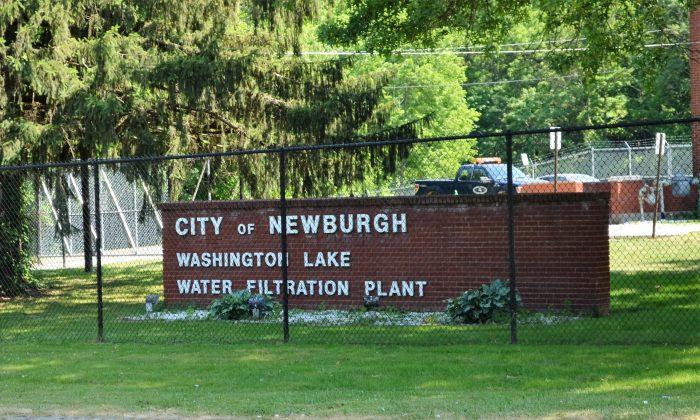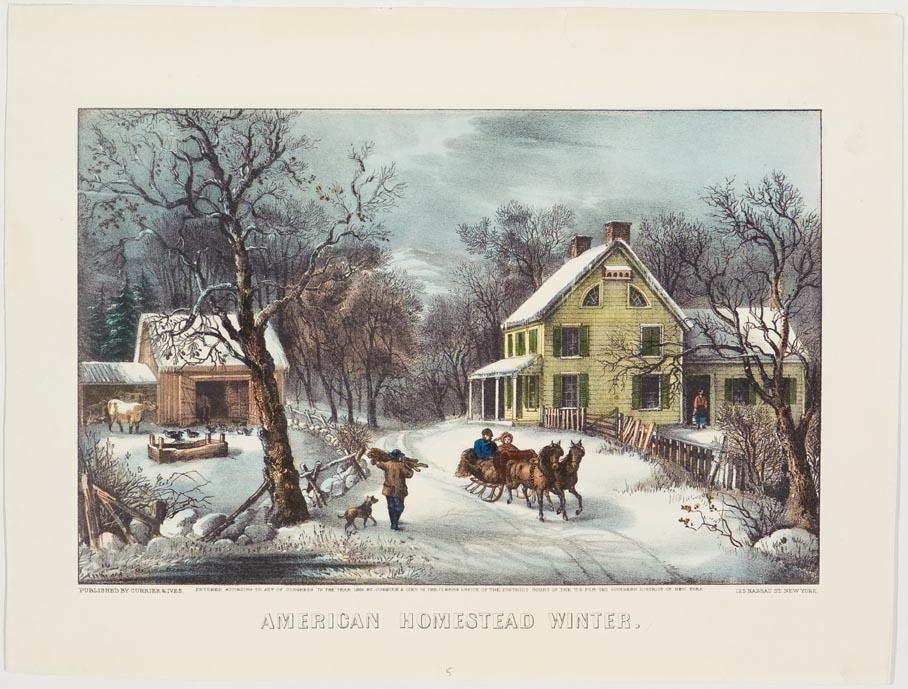City of Newburgh City Manager Michael Ciaravino sent a letter on Aug. 17 to Martin Brand, regional director of the New York Department of Environment Conservation (DEC), discussing options to reduce the rising water level in Washington Lake.
In the wake of Stewart International Airport being declared a Superfund Site from PFOS (perfluorooctanesulfonate) contamination, the city closed the diversion gates of Silver Stream, which flows through Stewart and into Washington Lake, and is suspected of carrying PFOS into the lake.
That stopped Silver Stream’s water from flowing in, but it wasn’t enough to stop the rise of the lake since residents are no longer using it for drinking water.
“Even with the closing of the diversion gates, we are seeing the water level in Washington Lake rise due to runoff and possible natural spring activity,” Ciaravino said in his letter.
The city manager wants the DEC to do more so that Washington Lake doesn’t spill over its earthen dam and flood surrounding properties with its contaminated water.
One option, he said, is to pump water from the lake near the diversion gate between Silver Stream and Washington Lake back into Silver Stream with a temporary hose over the dam, which would likely spread the contaminated water.

Another option, which would also probably spread the PFOS, would be to pump water into nearby Masterson’s Pond “allowing the pumped water to continue its natural path through Miller’s Pond to Crystal Lake, and then into Quassaick Creek to the Hudson River,” Ciaravino wrote. For legal reasons, this is something the city would like to avoid.
A third option would be to have the DEC install a mobile granulated activated carbon water treatment unit, “using the same technology used in the permanent facility that the State is designing for the City’s water supply system,” Ciaravino wrote.
A short-term recourse proposed by Ciaravino would be to pump lake water into tanks for transport to a treatment facility.

Ciaravino said the area is approaching hurricane season and a series of heavy rain storms could be enough to overtop the dam. In the first 30 days since Ciaravino declared a state of emergency and the city’s water source was switched from Washington Lake to New York City water sources, the lake rose from 41 to 46 feet.
Ciaravino’s letter was copied to officials at the local, county, state, and federal levels.
It closed by asking the state to indemnify the city if contamination is found further downstream.
To contact this reporter, email [email protected].





